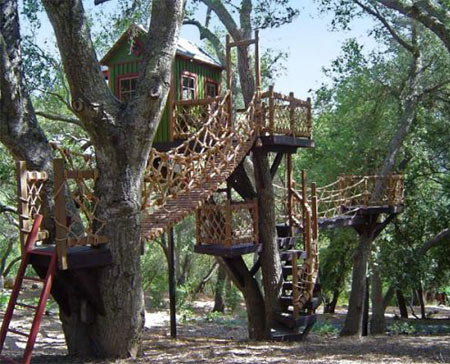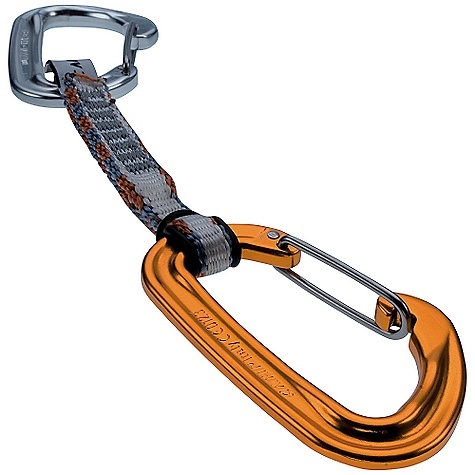Running Without a Plan
I've recently added the Couch to 5k Facebook page to The Adventure Lifestyle Blog's Facebook "likes". It really is a great program that works for a lot of people and it's really cool to drop in on their wall to read all the motivational and inspirational posts by Couch to 5k runners. I've left a few tips on some posts that I've seen there and read through a lot more and every time I visit their Facebook page I'm reminded of how great it is to see people getting off the couch and hitting the road/trail.
Every so often (at least once a day) there comes a post from someone who asks "What program do I move on to after the C25K?" Every time I see this question come up it really bothers me a little bit. The C25K program is great, like I said, but it amazes me at how dependent we, as a society, have become on following rules and orders. We're so socialized to following commands that we can't even go running without following some sort of predefined plan. It strikes me as sad that as humans we cannot free ourselves from authority and routine enough to even find freedom in running.
What running plan should you follow? I advocate following no running plan whatsoever. That's right, ditch the running plans and programs and just go run. Everyone has a different schedule, physical condition, and motivation to run. Set a goal or sign up for a 5k and simply work toward it. Test the waters by starting off running and keeping your pace slow enough to hold a conversation and simply run until you're bored, tired, or reach your goal.
I know that it's hard to fathom just going out and letting your body tell you when enough is enough. Truly, though, it's entirely feasible. To keep your motivation up, just increase your distance or pace every time you come in from a run and say "that was easy". Next time you go running, push it a little farther and repeat the process. If you're looking for the next running plan to follow now that you're done with the C25K, I dare you to try no plan at all.
The best thing about this running plan? It's uniquely personalized. It works for any experience level, any fitness level, any time constraints, any distance. This running plan works for everyone, every time, guaranteed. Because it's your own plan, developed and tailored by your body, for your body, to fit your goals. And guess what? It doesn't require that you follow anybody's rules but your own.
So if you're wondering what plan to follow now that you're done with the Couch to 5k running plan, follow no plan at all. Make it up as you go and have fun while you reach your new goals. Let's face it, you're not a professional athlete so why bother with rigid plans when you can make your own flexible, fun workout every day.
I dare you to run with no plan at all!


































